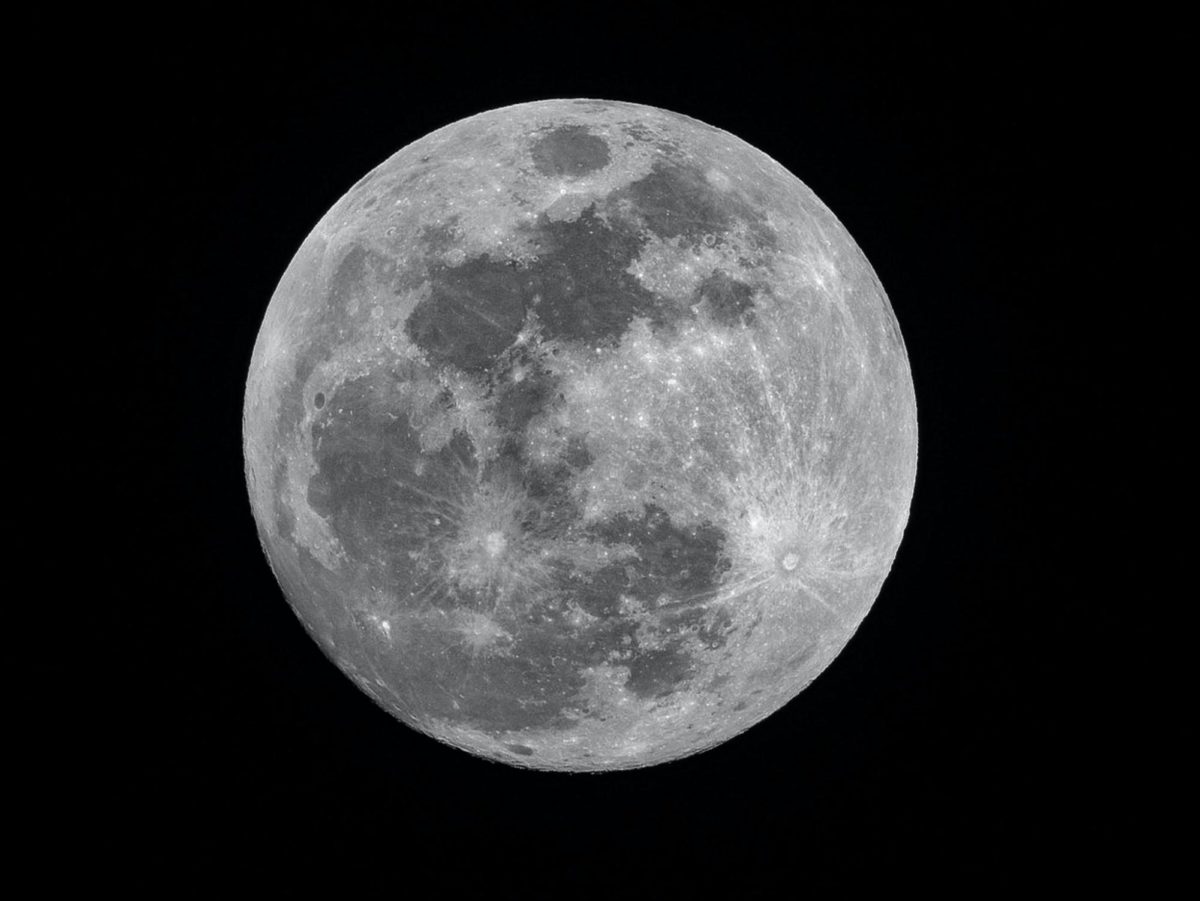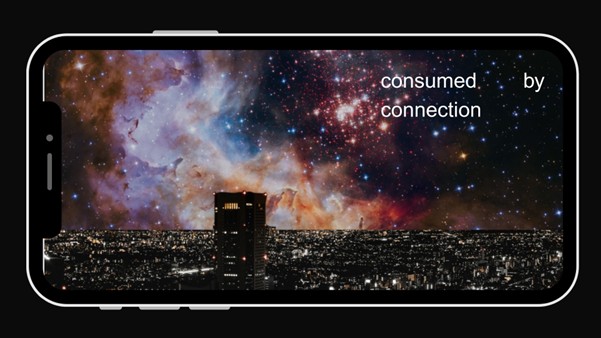“One small step for man; one giant leap for mankind.”
Those words have been quoted again and again in memory of the first moon landing on the 11th of July 1969. Since then, humanity moved its sights beyond the moon and looked to the galaxies and planets nearby. Yet the moon is still wild and undiscovered. More mysterious than the bottom of the sea floor, humanity still hasn’t managed to map and cover the surface of the moon. Perhaps it’s because there have been so few soft landings on the moon and the difficulty to reach every part of it.
On Wednesday the 23rd of August, India’s Chandrayaan – 3 was the first spacecraft to have landed on the south pole of the moon, and it was also the first craft to land on the moon since China in 2020. But why does this have so many implications for future space travel around the world?
The south pole of the moon is really interesting to space scientists as its surface of craters, trenched and ancient ice can reveal the possibility of water on other planets and give hints as to the formation of our own planet. The Moon also could have more natural resources such as water, helium, and rare elements such as silicon, rare earth, titanium, aluminium and precious metals. The South Pole is also really difficult to land on as it is far from the equator and is covered in craters and deep trenches creating a tough terrain (1).
So while the moon is important, why are news channels focusing on India’s rockets to the moon? After all, it’s one of seven missions currently on the moon.
The landing location is in and of itself a great achievement because it means that landings in terrains as difficult as the South Pole are achievable. It’s also important because of the amount of ice detected in the South Pole. In manned missions, this would act as a source of water for the astronauts and a source of hydrogen for longer trips to Mars.
But there’s one more significance that people are focusing on about this spacecraft: budget. The entire spacecraft ran on a shoestring budget, approximately $75 million USD, or $1 161 000 750 AUD. Running on a budget smaller than some blockbuster films, the fact that the rocket managed to land safely and still record data was highly praised around the world.
Now that the rocket’s landed, what has it told us?
The first discovery was the difference in temperature above and below the surface of the moon. Though it sounds boring, the fact that the lunar soil is a poor conductor, and a good insulator means that it can be targeted for space experiments.
Another discovery was the discovery of sulphur and other necessary elements. This means that humans can tap into the resources on the moon to supplement our own dwindling resources.
In the end, the moon is not far out of reach. The world of space has so many possibilities so let’s hope for future astronauts to pave the way into the stars.













